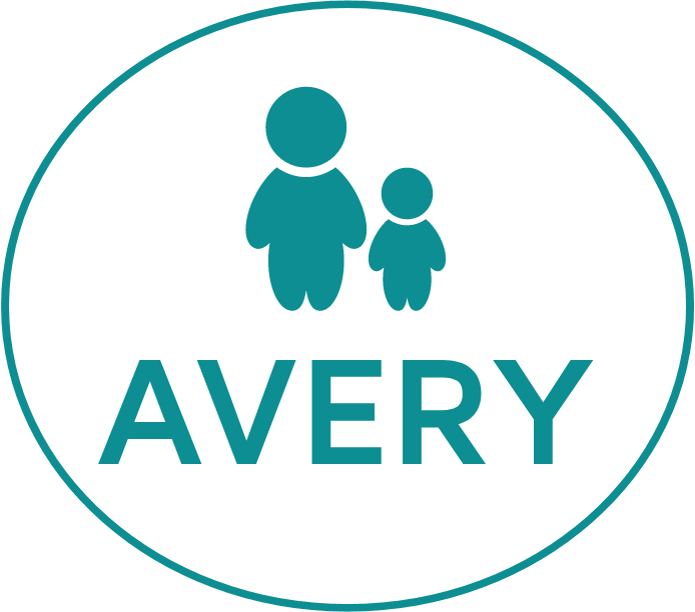About Learning Disabilities
Learning Disabilities are neurobiological disorders that: affect the way the brain stores, processes, retrieves or communicates information:
invisible and last throughout life
may affect different aspects of learning and function
can be compensated for with alternate ways of learning, accommodations, technological support and modifications
sometimes occurs with other disorders (i.e. ADHD, ASD, etc.)
may run in families
What is a Learning Disability (LD)?
Here is how the Learning Disabilities Association of Canada’s defines an LD:
Types of Learning Disabilities
Dylexia
a language processing disorder
causes difficulty reading, writing and spelling
Dysgraphia
a disorder processing written communication
causes difficulty writing, spelling and expression in written form
Dyscalculia
a disorder processing number- and math-based concepts
causes difficulty with computation, problem solving using numbers; math facts and skills; concepts like time and money
Dyspraxia
a disorder affecting fine-motor skills
causes difficulty with coordination and manual dexterity needed to write and draw
Is ADHD a Learning Disability?
ADHD is NOT an LD, but it is a related disorder. Symptoms of ADHD can often cause learning difficulty, and a need for support at school or work to be successful. In fact, a person can also have both ADHD and LDs.
What is not a Learning Disability?
Learning Disabilites are not:
an intellectual disability or impairment
a physical disability impairment (i.e. Deafness, Blindness)
mood or behaviour disorders (i.e. Anxiety, BPD)
the result of laziness
related to socio-economic, environmental, cultural, linguistic, gender, sex or other circumstances/backgrounds
What’s an Information Processing Disorder?
Information Processing Disorders are also related to LDs, but have to do with interpretation of information.
Auditory Processing Disorder
disorder interpreting information delivered as sound
causes difficulty with language development and reading
Visual Processing Disorder
disorder interpresting information delivered visually
causes difficulty distingushing letters, numbers and other characters



